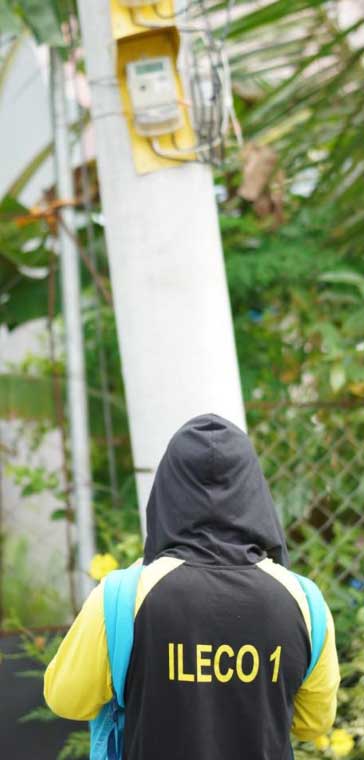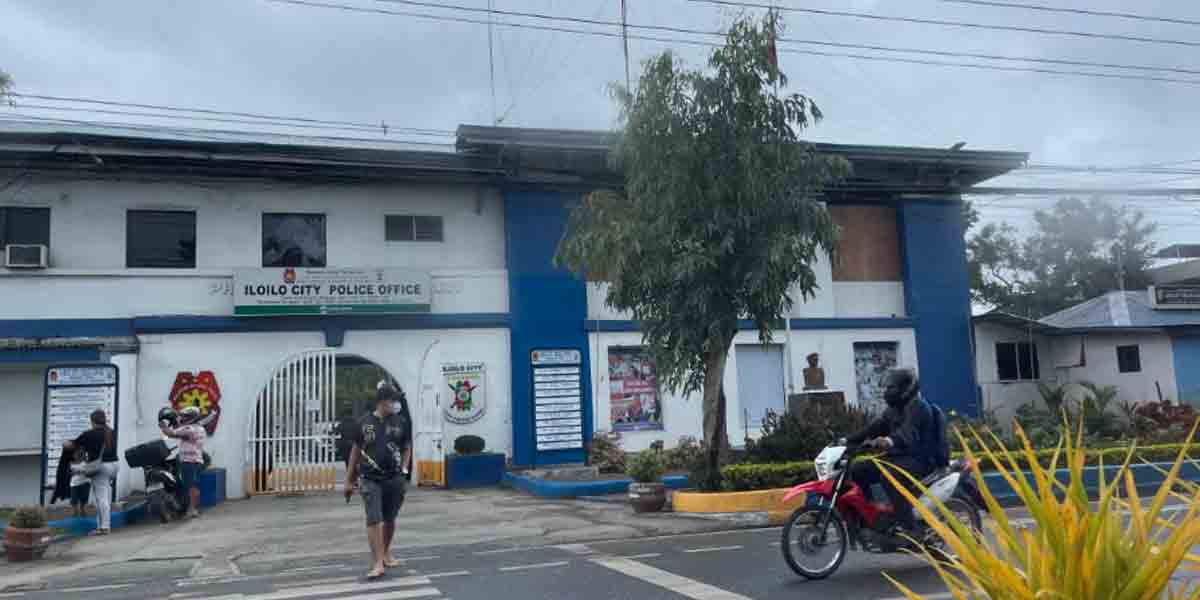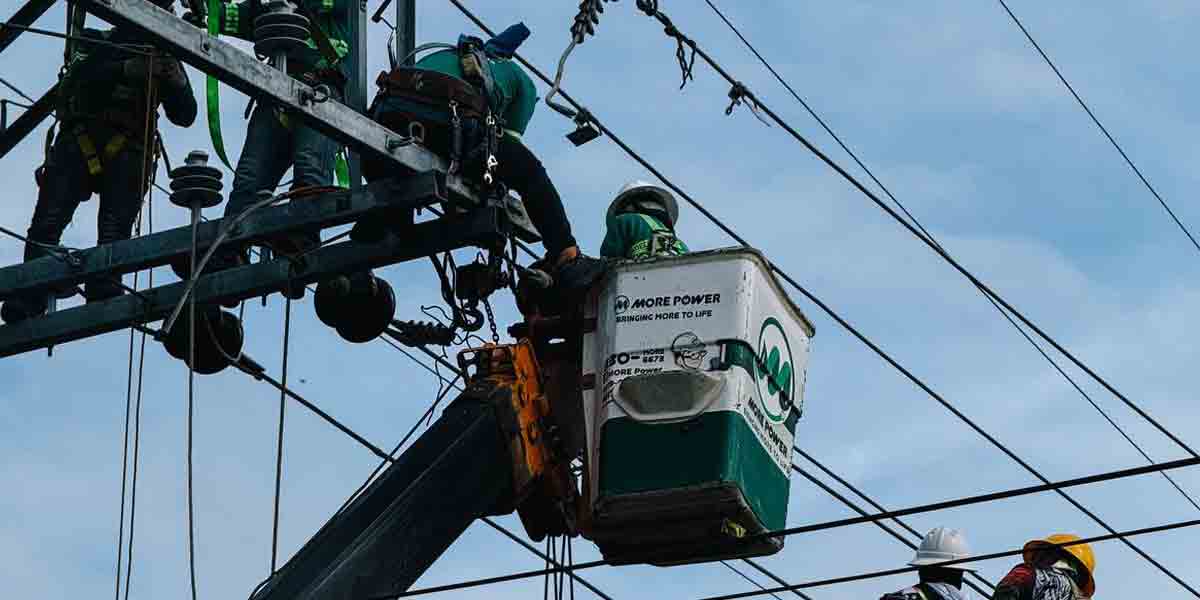
By Francis Allan L. Angelo
Rising power generation costs are set to increase electricity rates in Iloilo City and the province, after a period of relative stability, according to Iloilo-based think tank Institute of Contemporary Economics (ICE).
The trend threatens to disrupt the region’s control over inflationary pressures that have largely been contained by stable energy prices.
According to the latest data from ICE Research, residential electricity rates in Iloilo for the period August 2023 to July 2024 show a notable increase across various distribution utilities.
MORE Power has managed to keep its rates lower compared to Iloilo Electric Cooperatives (ILECOs), but even MORE’s rates are on an upward trend.
In July 2024, MORE Power’s average residential electricity rate was recorded at 12.86 P/kWh, while ILECO 1, ILECO 2, and ILECO 3 reported rates of 14.85 P/kWh, 16.86 P/kWh, and 13.33 P/kWh respectively.
The increase in electricity costs is attributed mainly to the rising costs of power generation. MORE Power’s generation rate stood at 7.56 P/kWh, significantly lower than ILECO 1’s 9.49 P/kWh, ILECO 2’s 10.46 P/kWh, and ILECO 3’s 8.41 P/kWh.
The Energy Regulatory Commission (ERC) has intervened by directing distribution utilities to stagger the impact of high generation costs over a four-month period ending in September.
The measure aims to mitigate the immediate financial burden on consumers.
However, it merely masks the underlying pressures driving up prices.
MORE Power has consistently maintained lower rates than the ILECOs, with a 16.1% average difference over the past year.
The difference is largely due to MORE’s lower acquisition costs for power supply, which are approximately 33.4% below those of the ILECOs.
Despite these efforts, the overall trend indicates rising costs for consumers in the region.
Industry observers said that while the ERC’s intervention provides temporary relief, the structural issues in power generation costs need addressing to ensure long-term stability in electricity rates.
FACTORS
MORE Power President and CEO Roel Castro said general trends in power rates point to lower prices.
But Castro pointed to Panay’s rather peculiar situation.
“When coal plants in Panay went down, diesel plants shouldered the supply gap which resulted in higher power prices. Why? With the uprating of the Cebu-Negros-Panay grid, we could have benefitted from cheaper power from Luzon and Mindanao. But that was not the case as the nodal prices in Panay remained higher,” he added.
Castro said constraints in the Barotac Viejo substation in Iloilo province could be a factor.
“There is cheap power from Mindanao. But do we actually get much cheaper power?” he asked.
Niel Parcon, Vice President for Corporate Energy Sourcing and Regulatory Affairs at MORE Power, said power rates are on an uptrend primarily due to two factors: supply, including transmission, and regulatory intervention.
Parcon highlighted that the national government has not successfully encouraged investors in the generation sector, as evidenced by rising rates in the Wholesale Electricity Spot Market (WESM), indicating a relative deficiency in supply compared to previous years.
He noted that new capacities are mainly in the renewable energy (RE) sector, particularly solar PV and wind, which are intermittent energy sources requiring backup supply from diesel or coal generators to ensure reliability around the clock.
“While RE sources are generally cheaper, the cost of backup supply makes the average blended rates more expensive.”
Parcon said the transmission aspect of the power supply situation is also crucial as reliable power transmission would mean that backup or ancillary power plants need not be located on-island to ensure supply reliability in an archipelago like the Philippines.
He noted that power rates in Panay have generally increased over the past 12 months because expensive diesel plants provided the needed energy when several Iloilo-based large coal plants, such as Palm Concepcion Power Corp (PCPC) and Panay Energy Development Corp’s (PEDC) Units 2 and 3, were repeatedly out of service.
“These diesel plants would not have been necessary if the transmission lines were not congested, as cheaper ancillary plants located on other islands in the Visayas could have supplied the energy.”
Unfortunately, Parcon said the recently inaugurated NGCP Cebu-Negros-Panay Line 3 was not fully utilized, resulting in transmission congestion that limited supply availability and ultimately led to higher generation prices in the WESM.
With WESM prices on an uptrend, electric distribution utilities sourcing their supply from WESM, rather than from bilateral agreements, are more likely to experience sharp generation rate increases. This explains the relatively higher rates of the ILECOs compared to MORE Power.
“Electric cooperatives in Panay and Negros purchase a larger portion of their supply from WESM, unlike MORE. This situation is not entirely the cooperatives’ fault; some applied for approval of their power supply agreements (PSAs) with the Energy Regulatory Commission (ERC), but the ERC only approved these PSAs after the summer months when WESM prices were already declining,” Parcon said.






















